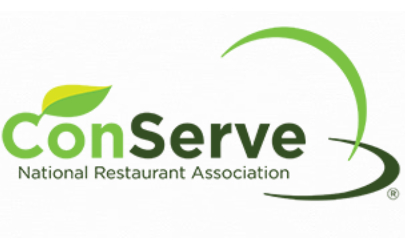Reconfiguring supply chains can reduce waste, increase safety
Could reducing food waste boil down to a simple equation? Software companies are developing programs that help food processors and retailers reduce waste by measuring company data more effectively.
The scope of the problem is clear: Americans toss out the equivalent of $165 billion in food every year. This past fall, the U. S.Department of Agriculture (USDA) announced its plan to help businesses and consumers cut food waste in half by 2030 by educating consumers about food date labels and safe food storage, and work with the private sector to reduce the amount of unused food sent to landfills.
 Government data states that if Americans threw out just 15 percent less food, we could feed more than 25 million people each year. Plus, the less food emitting methane gas in our landfills (approximately 133 billion pounds), the less greenhouse gasses we will have in our environment.
Government data states that if Americans threw out just 15 percent less food, we could feed more than 25 million people each year. Plus, the less food emitting methane gas in our landfills (approximately 133 billion pounds), the less greenhouse gasses we will have in our environment.
Retailers and consumers alone throw out almost a third of our food supply, said the USDA, not counting waste from foodservice operators and restaurants.
Managing perishables“The most common cause we run into for food waste is buying too much or too little of raw materials needed to produce for a specific demand,” says Chris Williamson, general manager, X3 division, NexTec Group, Orlando, FL.
He said buying too much dairy or shelf-life managed ingredients too soon before consuming can result in scrapped, wasted or shortened product shelf life. “This results in reduced profitability as well as increased product safety risk,” he said.
Warren Gilbert, food safety specialist, FSS Corp., Elkhorn, Wis. said, “There are many ways to create food waste; improperly handling product, incorrect labeling, lack of traceability, poorly approved supplier programs, poor equipment operations and customer complaints.”
One easily addressable cause of food waste is a lack of access to measurement technology in kitchens.
“Simply put, you can’t manage what you don’t measure,” says Laura Abshire, director, sustainability and policy at the Washington D.C.-based National Restaurant Association, a Food Waste Reduction Alliance member. “If you aren’t accurately measuring what’s coming in and what’s being thrown out, you can’t build a waste reduction strategy.”
Automating solutionsBy leveraging software solutions, food manufacturers can configure their supply chain systems to suggest to produce and buy exactly or close to exactly what they need to buy, no more or no less than what they need, based on specific, intelligent demand.
For example, Rudy’s Tortillas, a third-generation leading manufacturer of tortilla products to food service organizations and retailers, implemented new food management software and leveraged the MRP engine as part of a food reduction project.
The company was able to almost completely eliminate the waste of tens of thousands of dollars of food a month.
Automated food waste tracking programs can help foodservice operators record what is being thrown out and why while examining the supply chain for areas of waste. Managers can monitor vegetable and fruit trimming, over-production and over-portioning of menu items, and reduce losses caused by spoiled and expired foods.
The National Restaurant Association’s (NRA) “Conserve” program has partnered with LeanPath, food waste prevention software that helps kitchens measure and monitor waste.
“It has proven results. The MGM Grand Buffet in Las Vegas, Nevada, is a high-demand, high-quality buffet that used LeanPath to successfully reduce food waste by more than 80 percent, and is now saving between $6,000 and $9,000 a month in food costs,” says the NRA’s director of sustainability Laura Abshire.
New apps and web-based platforms are being created to connect retailers and foodservice operators with organizations interested in buying or receiving excess food before it goes bad, as well.
Technology solutions also offer other efficiencies — from anaerobic digesters that convert waste to energy to emerging technologies for in-store applications that help the stock room communicate what’s on the shelf, says David Fikes, vice president, consumer/community affairs and communications, Food Marketing Institute, Arlington, VA.
“Food retailers, manufacturers and restaurants are all working to highlight ways of better working together,” says Fikes. “Still, these efficiencies require significant investments in resources and new ways of doing business, which is why we continue to develop solutions and best practices documents to help make the business case for sustainability initiatives around food waste reduction.”
No comments:
Post a Comment